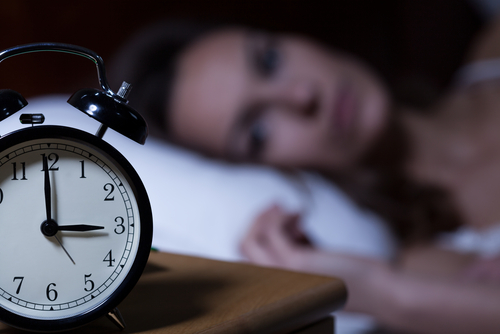What are the Types of Sleep Disorders? A Full List of Sleep Disorders
The field of sleep medicine is constantly evolving as more research is being conducted to better understand the symptoms, causes, and best treatments for sleep disorders. Organizations such as the American Academy of Sleep Medicine (AASM) have been at the forefront in advancing the field since 1970.
Throughout the decades as more research and studies were conducted, the amount of sleep disorders being discovered began to rapidly increase. In 1990 The AASM, along with other professional societies including the European Sleep Research Society, The Japanese Society of Sleep Research, and the Latin American Sleep Society published the International Classification of Sleep Disorders (ICSD), which is a “primary diagnostic, epidemiological, and coding resource for clinicians and researchers in the field of sleep and sleep medicine.”
How Sleep Disorders are Classified
The ICSD was put together for the purpose to “discriminate between disorders and to facilitate an understanding of symptoms, etiology, and pathophysiology that allows for appropriate treatment” (source). Since the release of the first edition in 1990, the ICSD published a 2nd edition in 2005, and is now on its 3rd edition, published in 2014.
Some of the biggest differences between the 2nd and 3rd editions are how the various sleep disorders were divided into categories. The 2005 edition used 3 broad categories to organize all of the sleep disorders under either dysommnias (disorders making getting to sleep or staying asleep difficult), parasomnias (disorders that intrude into the sleep process), and sleep disorders associated with a mental, neurologic, or other medical disorders (disorders whose symptoms are not primary unto themselves but caused by other conditions).
The updated 3rd edition now classifies sleep disorders under 6 major categories: insomnia, sleep related breathing disorders, central disorders of hypersomnolence, circadian rhythm sleep-wake disorders, parasomnias, and sleep related movement disorders.
The ICSD-3 Sleep Disorder Categories [1]
*For further information on various disorders click the highlighted disorders for in depth articles.*
1. Insomnia
The ICSD-3 defines insomnia as “a repeated difficulty with sleep initiation, duration, consolidation, or quality that occurs despite adequate opportunity and circumstances for sleep, and results in some form of daytime impairment.”
The ICSD-3 groups insomnia into 4 major categories listed below.
2. Sleep-related breathing disorders
These disorders are divided into those of central origin (characterized by a lack of breathing effort) and those caused by an obstruction of the airways.
3. Central disorders of hypersomnolence
The ICSD-3 categorizes this class of sleep disorders as those in which “the primary complaint is daytime sleepiness not caused by disturbed nocturnal sleep or misaligned circadian rhythms.”
4. Circadian rhythm sleep-wake disorders
These disorders are characterized by a disturbance or disruption to the normal circadian rhythm, which causes patients to experience excessive daytime sleepiness, insomnia, or both.
5. Parasomnias
A parasomnia is an unwanted physical movement or action during sleep. This group of disorders is classified by disorders or arousal from NREM sleep, those associated with REM sleep, and other parasomnias.
6. Sleep-related movement disorders
This class of disorders is characterizeed by simple, often repetitive movements during sleep or wake that can disrupt the sleep of the patient, the patient’s bed partner, or both.
What to do if you suspect you have a sleep disorder
With over 80 listed sleep disorders, and more that are being researched, it’s important for patients suffering from the various types of sleep disorders to seek medical treatment. If you believe that your sleep problems may be caused by a disorder, there are many things you can do to solve your sleep issues from DIY tips and tricks such as practicing better sleep hygiene, to contacting a sleep clinic to schedule an inlab sleep study, or an at home sleep test for certain pre-screened disorders such as obstructive sleep apnea.
If you live in Alaska and think you may be suffering from one of the many sleep disorders listed above, you can take advantage of a free 10-minute phone consultation with the Alaska Sleep Clinic where one of our trained sleep specialists can help determine whether or not you need to have a sleep study to diagnose your condition. To get this free offer click on the link below.




